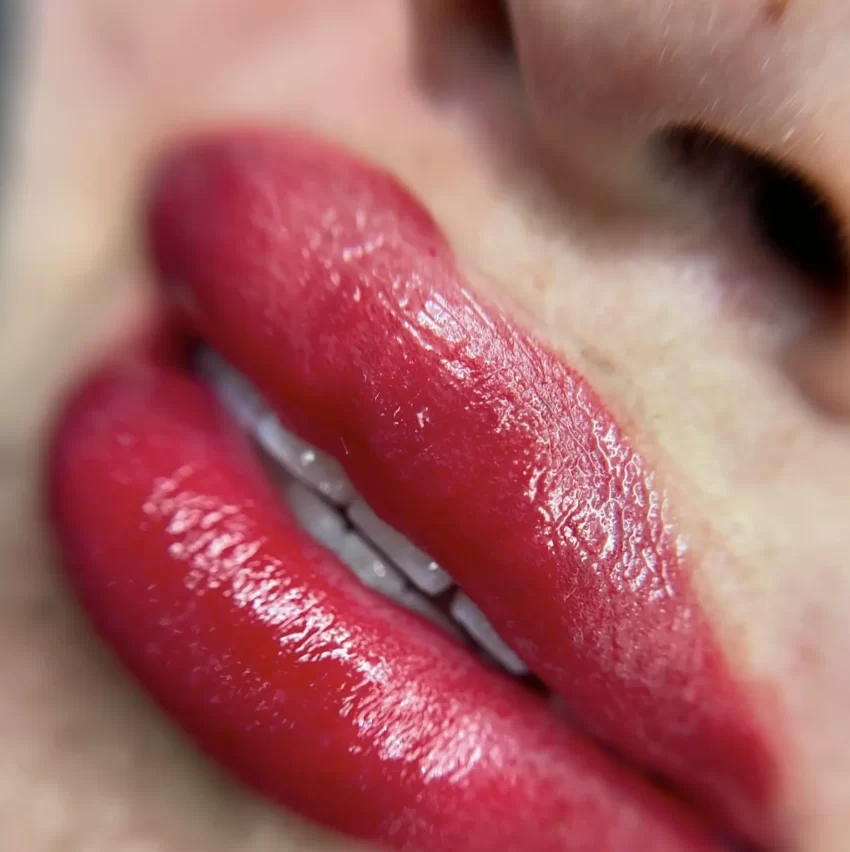Cosmetic tattooing has changed the beauty industry, semi permanent enhancements that save time and last forever. Whether it’s an eyebrow tattoo, microblading eyebrows, a statement eyeliner tattoo or luscious lip tattoos, the results are undeniable. But the question is: how painful is a cosmetic tattoo? While pain tolerance, skin type and tattoo placement all come into play, some areas are more sensitive than others. Let’s get into what makes certain areas more painful and how to prepare for your tattoo appointment.
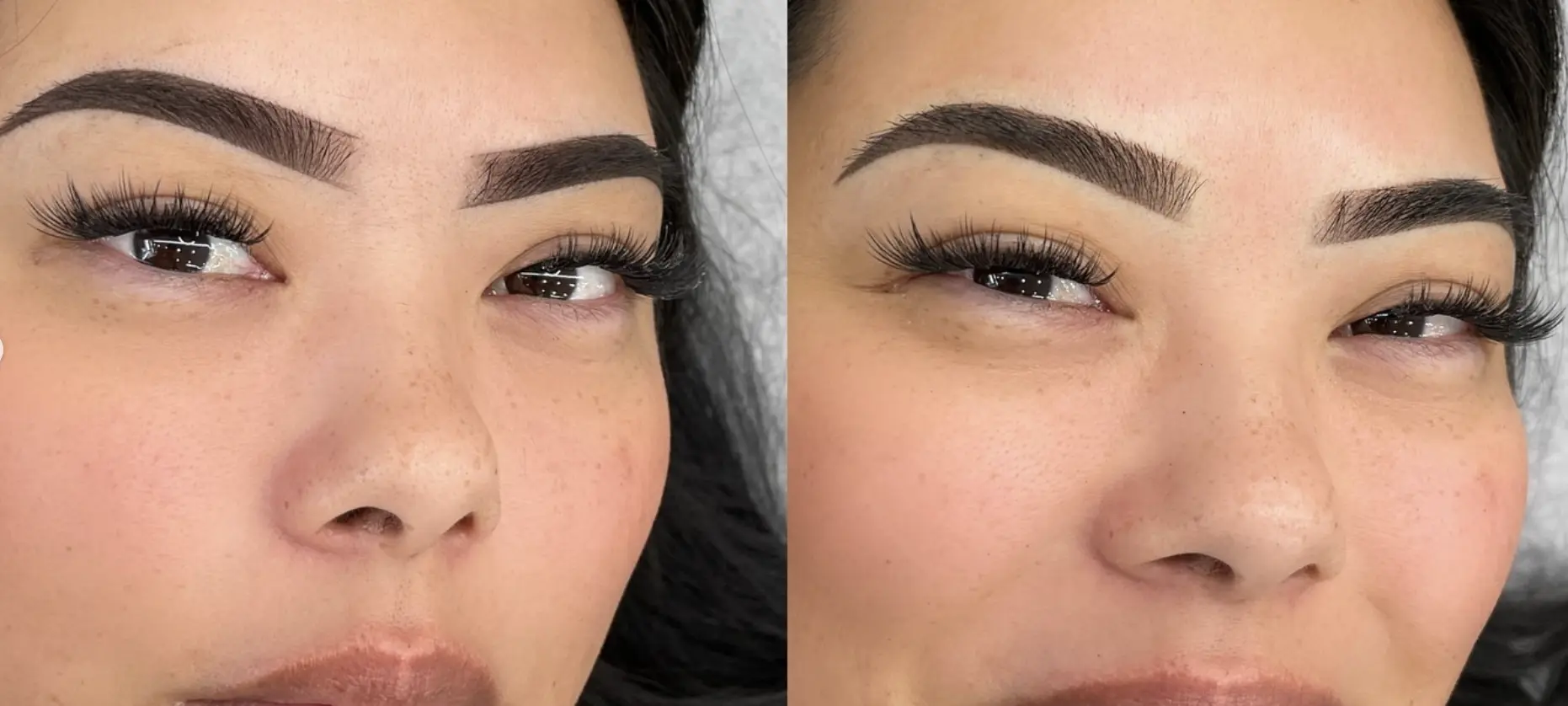
What is Cosmetic Tattooing?
Cosmetic tattooing, also known as permanent makeup, is the process of implanting permanent pigment into the skin using a tattoo needle or tattoo machine. This advanced tattooing process enhances natural features like eyebrows, lips and eyes. Techniques like microblading, ombre brows and lip blushing allow clients to have a polished look with minimal daily maintenance. While cosmetic tattoos are less invasive than body tattoos, the pain level can still vary greatly depending on the area being tattooed and the nerves involved.
Most Painful Cosmetic Tattoo Procedures
Pain levels for cosmetic tattoos vary depending on the nerve endings in the area, skin texture and individual pain tolerance. Based on client feedback and expert observation here’s a breakdown of the most painful areas for cosmetic tattoos:
Lip Tattoos
Pain Level: 7-8/10
- Why It’s Painful: Lips are one of the most painful tattoo placements due to the concentration of nerve endings and thin skin. The procedure can feel like stinging or burning, with no muscle padding in the area.
- Common Challenges: Swelling and excess sensitivity during the healing process.
- How to Manage Pain: High quality numbing cream like Zensa Numbing Cream can help during the tattoo session. Proper aftercare tips like using Aftercare Foam Cleanser is crucial to minimize pigment loss and fast healing.
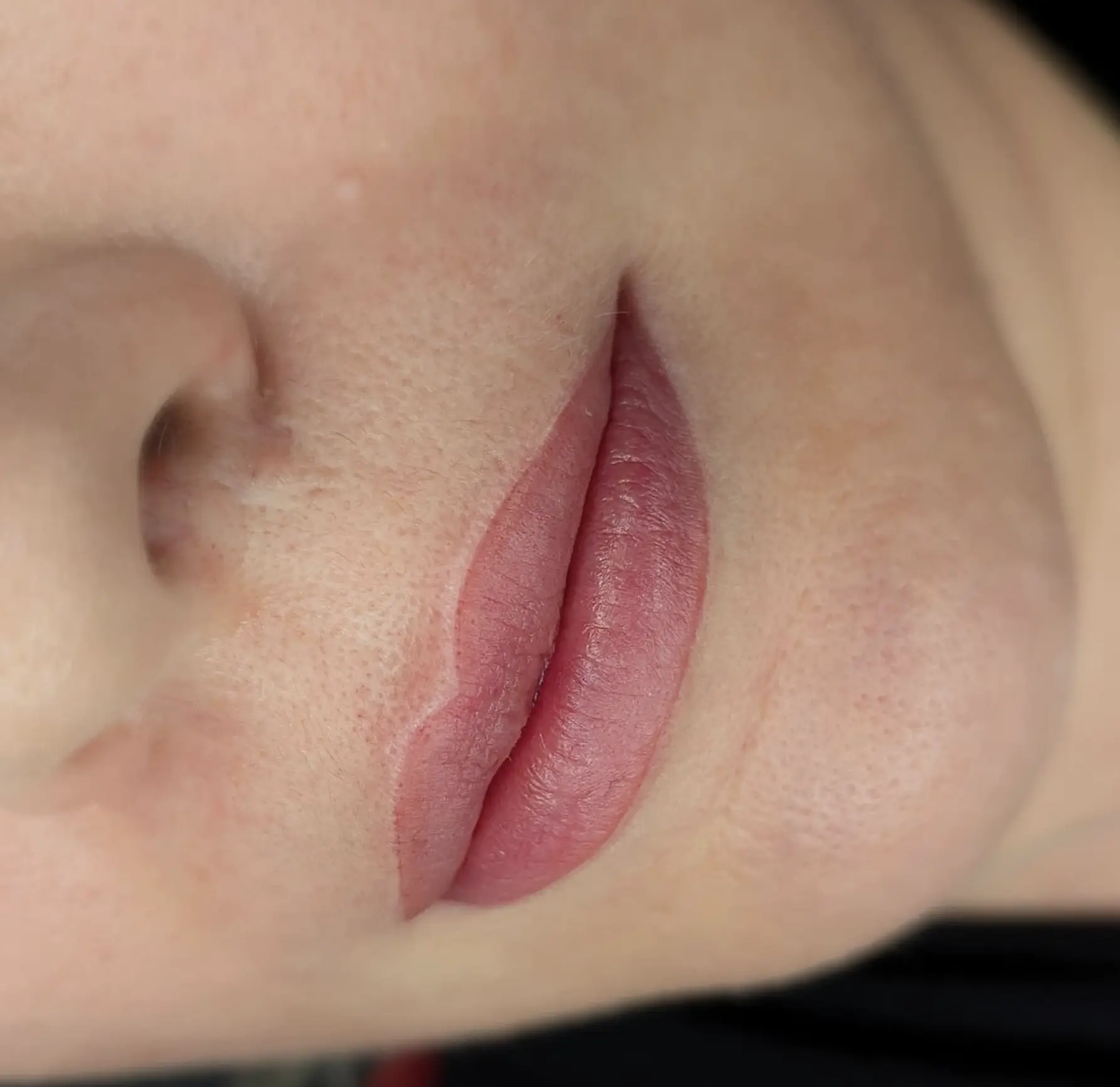
Eyeliner Tattooing
Pain Level: 6-7/10
- Why It’s Painful: Eyelids are very thin and close to the trigeminal nerve, a major sensory nerve. This is a very sensitive area and requires a steady hand from a skilled tattoo artist to avoid irritation.
- Special Considerations: Mental discomfort due to the area being so close to the eyes can also make this procedure psychologically challenging.
Eyebrow Tattooing (Microblading)
Pain Level: 4-6/10
- Why It’s Less Painful: The brow area has thicker skin and less nerve endings than the lips or eyelids so eyebrow tattooing is more bearable. Microblading eyebrows feels like scratching rather than deep sharp pain.
- Healing Time: Healing time for eyebrow tattoos is relatively quick, 2-3 weeks and the discomfort subsides fast.
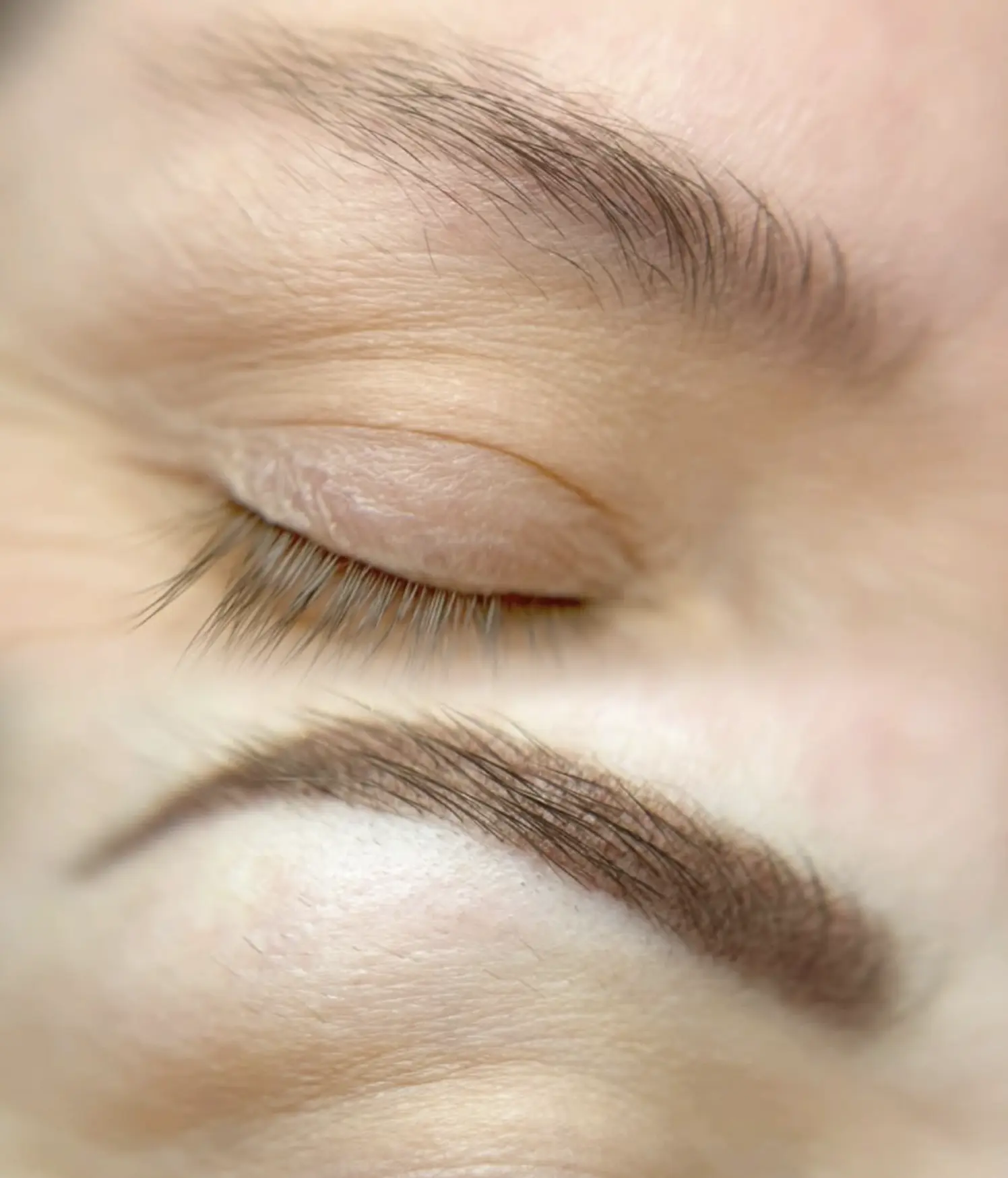
Areola and Scar Camouflage Tattoos
Pain Level: Varies
-
- Why It Varies: Areas with scar tissue or bony areas may feel less sensitive due to nerve damage, areas with delicate skin may feel more. Clients report minimal pain but it varies depending on the tattooing process and area being tattooed.
Painful Body Tattoos vs. Cosmetic Tattoos
When comparing cosmetic tattoos to body tattoos, keep in mind the tattoo pain chart for painful tattoo spots:
- Armpit Tattoos: Most painful due to the axillary nerve and loose skin.
- Rib Cage Tattoos: Painful because of lack of fat and proximity to bone.
- Elbow Tattoos & Elbow Ditch: Sharp pain due to thin skin over the bone.
- Foot Tattoos & Ankle Tattoos: These are the most painful areas because of lack of fat and bony areas.
- Groin Tattoos: Most sensitive due to the axillary nerve and many nerves.
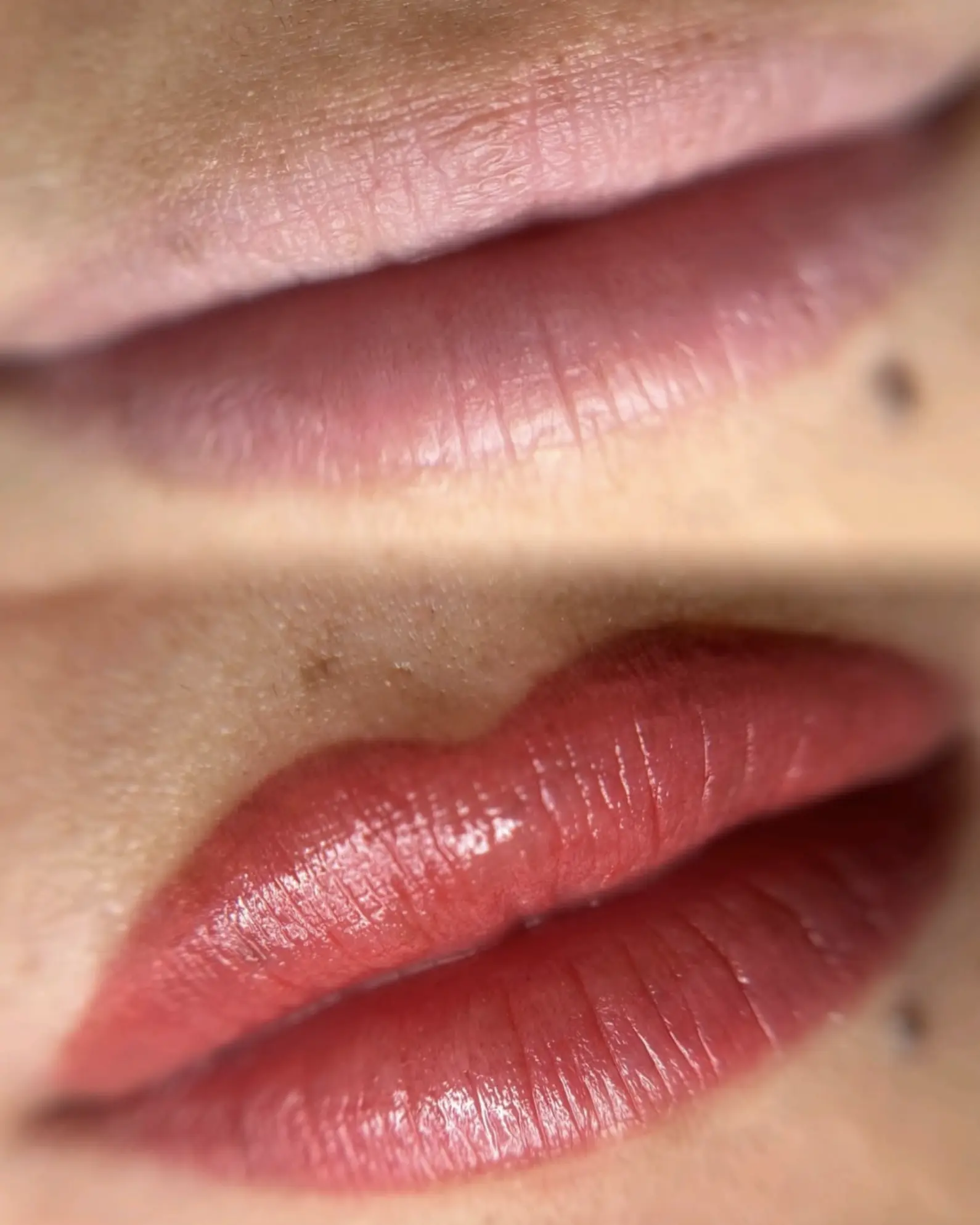
Factors Affecting Pain During Cosmetic Tattooing
The amount of pain you feel during a tattoo session depends on:
- Skin Type: Sensitive skin or thinner skin texture means more pain during the actual tattooing process.
- Tattoo Placement: Areas with bony areas, thinner skin or loose skin are more painful.
- Pain Tolerance: Everyone’s pain threshold is different, pain is subjective.
- Tattoo Artist’s Skill: An experienced tattoo artist can work around the discomfort especially in sensitive areas.
- Numbing Cream: Using numbing cream can reduce pain for painful areas like lips or eyelids.
Reducing Pain During Cosmetic Tattooing
If you’re concerned about pain during tattooing here are some tips to make it more comfortable:
- Choose a Skilled Tattoo Artist: An experienced artist knows how to work on painful tattoo placements efficiently and with minimal trauma.
- Use Good Numbing Creams: Products like Zensa Numbing Cream works great for painful areas during tattoo session.
- Prepare for Your Appointment: Don’t drink alcohol, caffeine or blood thinners before your session to prevent excessive bleeding.
- Relax and Hydrate: A calm mind and proper hydration makes the tattooing process smoother.
- Follow Aftercare Instructions: Aftercare tips are crucial to minimize healing time and prevent bacterial infections or pigment loss.
Making an Informed Decision
Know your pain expectations before you book. Whether it’s eyebrow tattoo, lip tattoos or eyeliner tattooing, it’s worth the temporary discomfort. Pain is temporary but permanent makeup benefits can last for years with proper care.
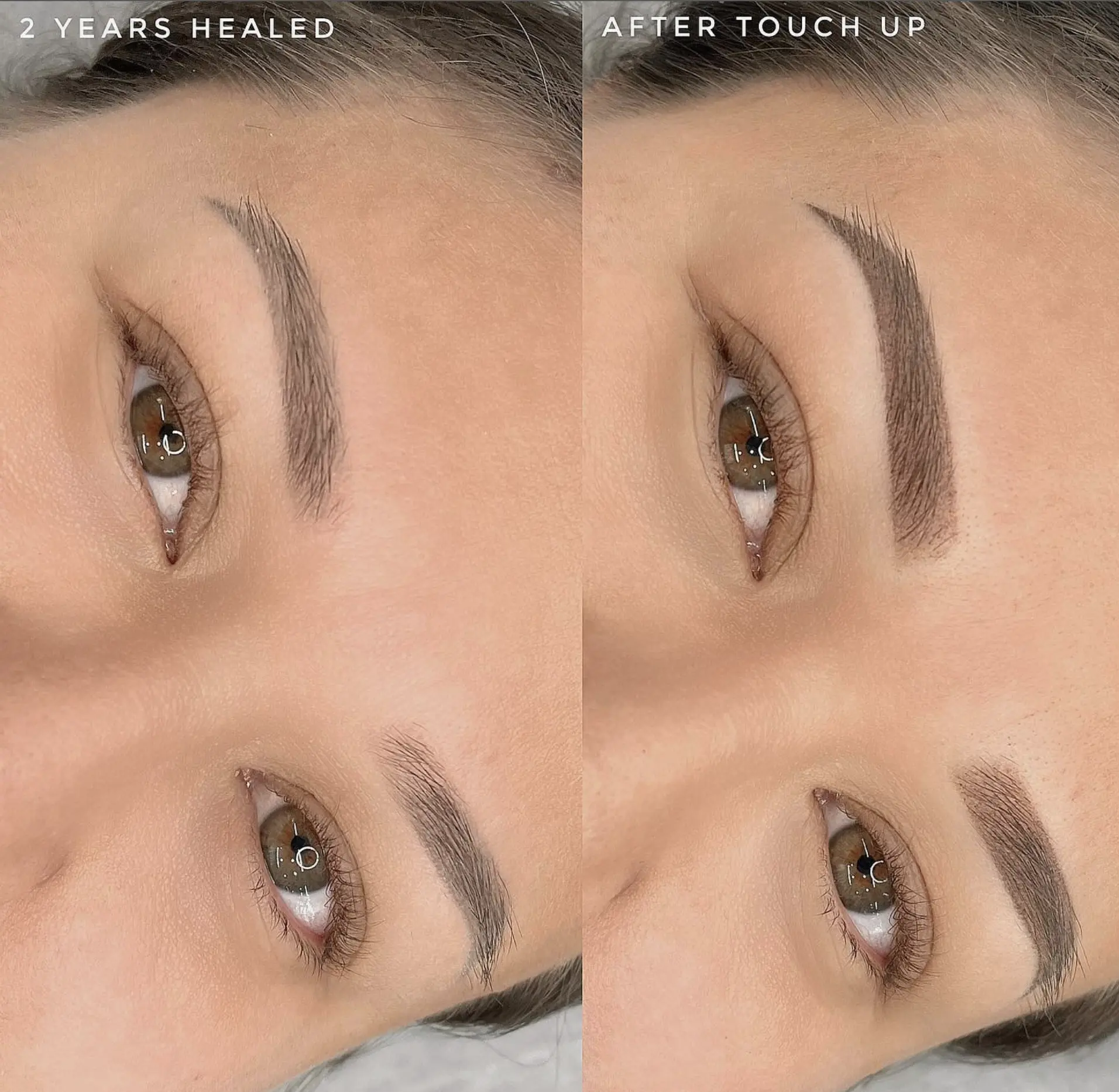
Conclusion
While cosmetic tattoo is less painful than body tattooing, areas like lips and eyelids can be super painful due to the delicate skin and abundance of nerves. But with proper preparation, pain tolerance and a good tattoo artist, it can be managed. Painful tattoo placements don’t have to be scary if you know what to expect and follow proper aftercare for a smooth healing process.
FAQ
Where is the most painful spot to get a cosmetic tattoo?
Lips are the most painful due to the nerve endings and thin skin.
Does numbing cream get rid of all pain during tattooing?
Numbing cream can reduce discomfort but not all pain especially in painful areas.
How long does the pain last after a cosmetic tattoo?
Mild discomfort can last a few hours, but most pain subsides within a couple of weeks during the healing process.
Are some skin types more sensitive to cosmetic tattoos?
Yes, people with sensitive skin or thinner skin texture will feel more pain during the tattooing.
Can a good artist get rid of tattoo pain?
Yes. A good artist can reduce pain by using techniques and minimal trauma to the skin.
